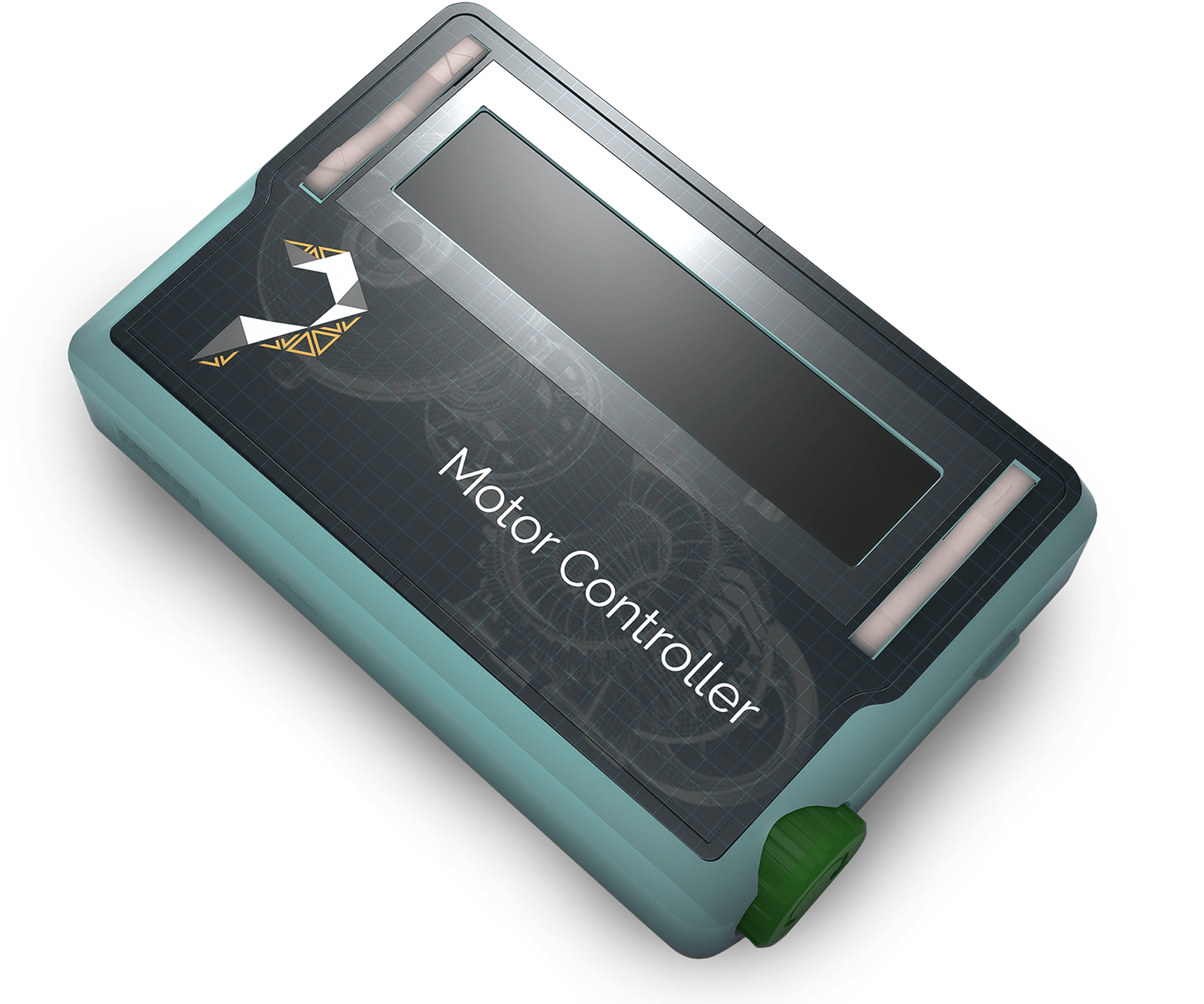A bifilar pendulum is a straight rod, hanging horizontally from two parallel wires,
called “filars”, which allow the rod to rotate freely about the vertical axis. In the stationary condition, the
filars stay vertically and there are no forces in other directions. As soon as the pendulum is twisted, the ods move
along with it and the horizontal components of the tension in the filars creates a torque, forcing the rod to accelerate
back towards the starting position. This torque is proportional to the angle of twist and, just like a simple pendulum, causes
the rod to start oscillating about the vertical axis. Moment of inertia plays the same role as inertial in the simple pendulum.
Using Newton’s second law of motion for angular motiona relationship between toque, moment of inertia and angular acceleration is found.
This can further be used to find the period of a bifilar pendulum which is also measured using the setupThe model is
further used to investigate the uncertainities in the measurement which is a crucial part of the investigation.






